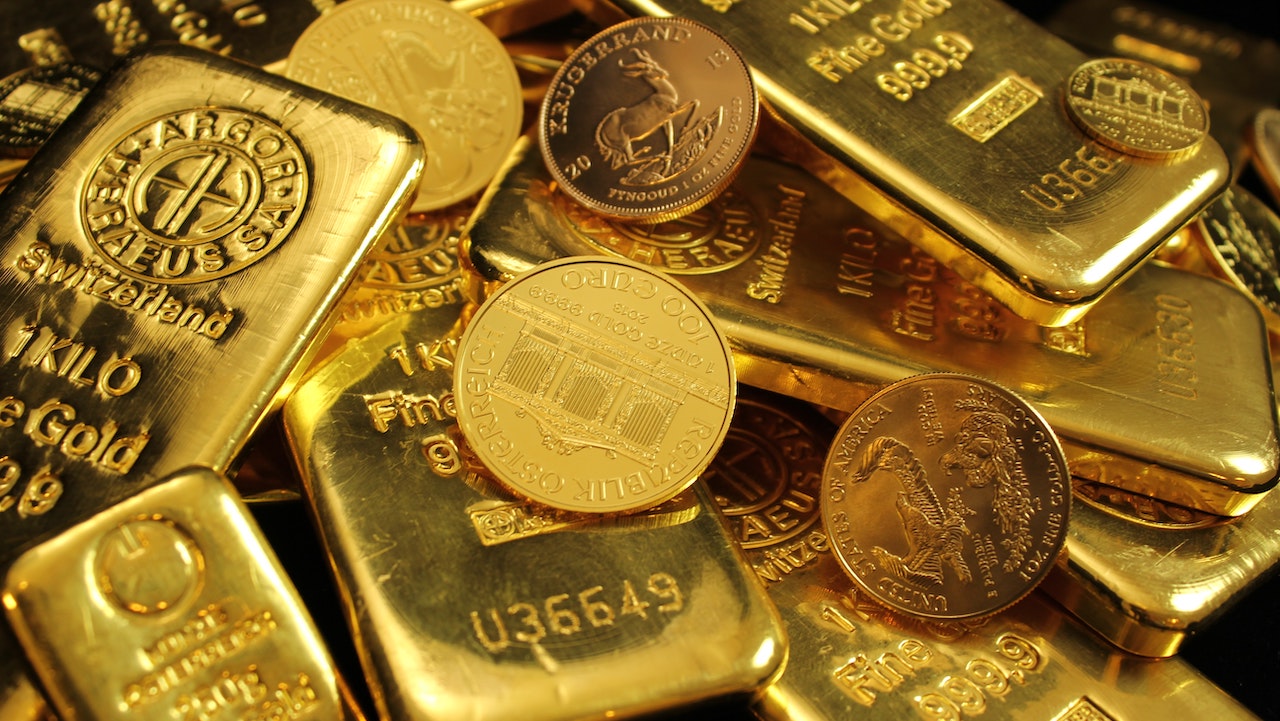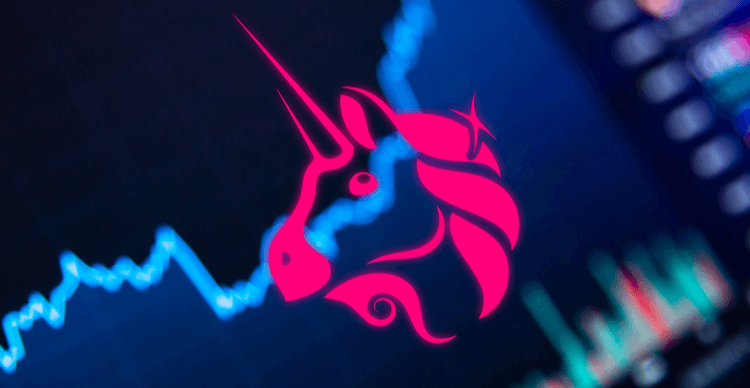How Is the Spot Price for Gold Determined? | SchiffGold

When you buy physical gold, the price you pay will start with the “spot price.”
As defined by Investopedia, the “spot price” is “the current price in the marketplace at which a given asset—such as a security, commodity, or currency—can be bought or sold for immediate delivery.”
So, how is the spot price for gold determined?
In simplest terms, the market determines the spot price based on supply and demand, along with many other factors.
The spot price is not set by any single individual or institution. It’s determined through market activity and the interaction of various market participants, including banks, financial institutions, dealers, and investors.
The London Bullion Market Association (LBMA) plays a significant role in setting a benchmark for the spot price of gold. The LMBA holds a Gold Price Auction twice a day, independently administered by the ICE Benchmark Administration (IBA). The IBA provides the auction platform on which the LBMA Gold Price is calculated. The auction involves 15 authorized participants.
- Bank of China
- Citibank, N.A. London Branch
- Coins ‘N Things Inc.
- DRW Investments, LLC
- Goldman Sachs
- HSBC Bank USA NA
- Industrial and Commercial Bank of China (ICBC)
- Jane Street Global Trading, LLC
- JPMorgan Chase Bank, N.A. London Branch
- Koch Supply and Trading LP
- Marex
- Morgan Stanley
- Standard Chartered Bank
- StoneX Financial Ltd
- Toronto-Dominion Bank
These participants submit buy and sell orders based on client interest and their own trading positions. The auction process continues until it reaches a balance between buy and sell orders, setting the price for that auction.
While the LMBA Gold Price is a significant factor in the spot price of gold, it is not the only factor. Other exchanges and marketplaces including the Chicago Mercantile Exchange (CME), the Shanghai Gold Exchange (SGE), over-the-counter (OTC) markets, and other trading platforms influence the gold price through their trading activities. Futures contracts traded on the COMEX also impact the spot price.
Given the number of participants in the gold market and its global scope, the spot price moves continuously 24 hours a day.
More broadly speaking, here are five key factors that can impact the spot price of gold.
- Global supply and demand – Demand dynamics include jewelry manufacturing, investing, central bank gold purchases, and industrial offtake. On the supply side, mine production, scrap sales, and central bank gold lending or selling affect the available gold supply.
- Commodity Exchanges – These include the LMBA, the Tokyo Commodity Exchange, the Chicago Mercantile Exchange, the Shanghai Gold Exchange, the New York Mercantile Exchange, and many others. These exchanges facilitate the trading of gold futures contracts, options, and other derivatives.
- Over-the-Counter (OTC) Markets – OTC markets facilitate direct transactions between buyers and sellers outside of formal exchanges. Participants in these markets include banks, bullion dealers, and institutional investors who negotiate and agree upon prices based on factors like demand, supply, and other market conditions.
- Economic Factors – This includes everything from economic data reports, to central bank monetary policy, to currency exchange rates. Geopolitical events can also significantly influence the spot price of gold.
- Individual Market Participants – Banks, financial institutions, hedge funds, central banks, and individual investors can impact the spot price through buying and selling activities.
It’s important to remember that the gold market is global and very large in trade volume. In 2021, gold ranked as the world’s seventh most-traded product, with a total trade of $434 billion. Given the size and scope of the market, no single entity can control the price completely.
Call 1-888-GOLD-160 and speak with a Precious Metals Specialist today!








